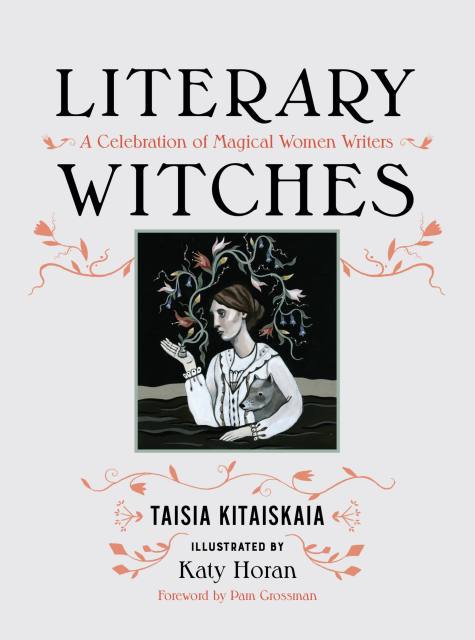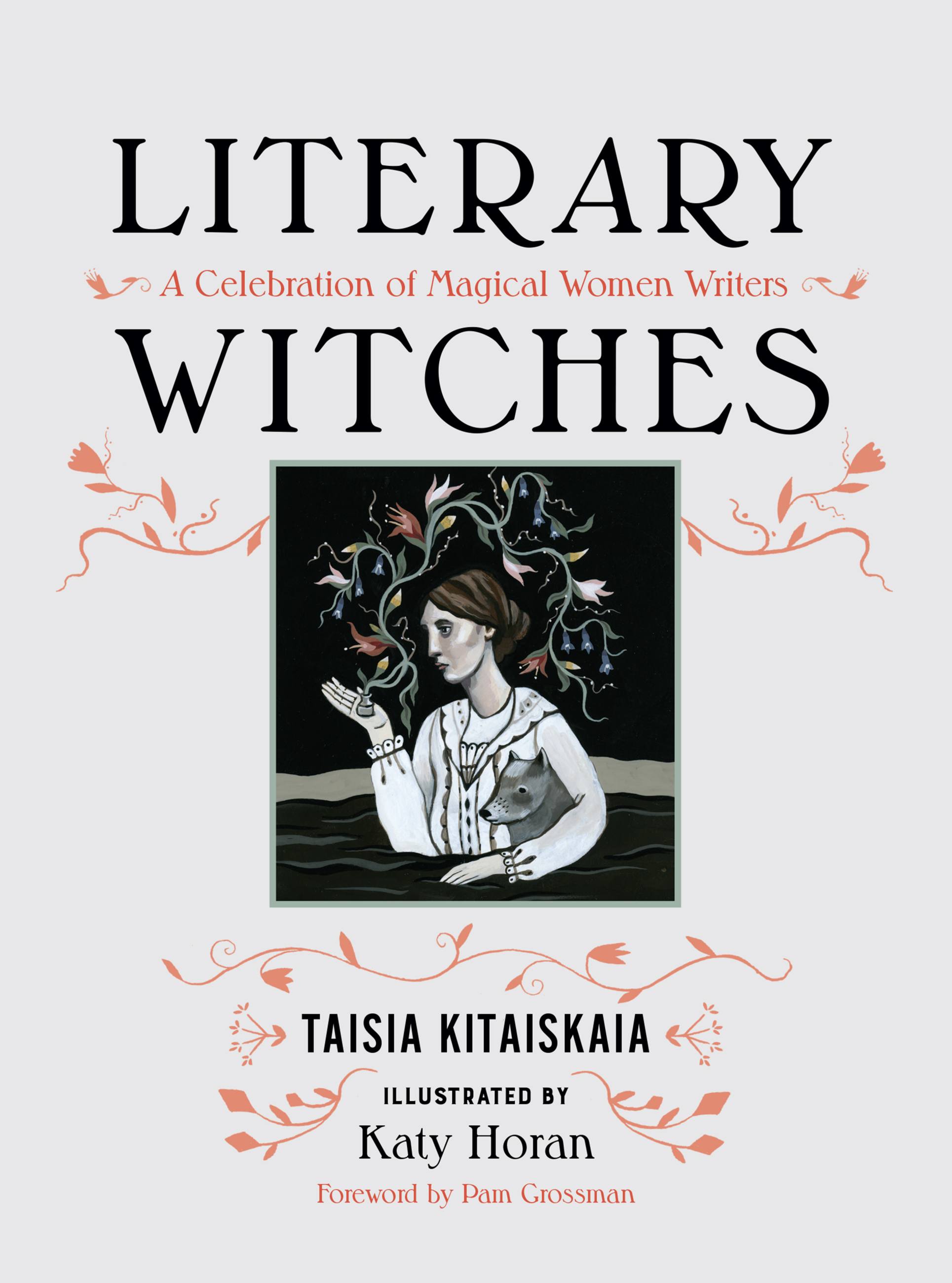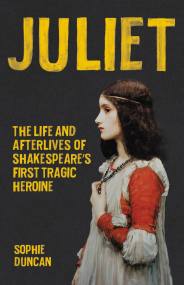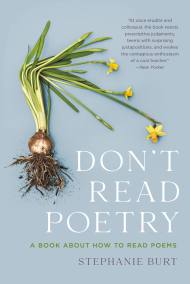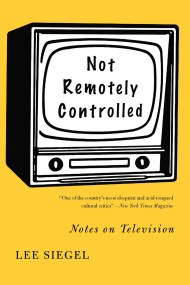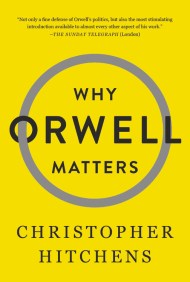Promotion
Use code MOM24 for 20% off site wide + free shipping over $45
Literary Witches
A Celebration of Magical Women Writers
Contributors
Illustrated by Katy Horan
Formats and Prices
Price
$13.99Price
$17.99 CADFormat
Format:
- ebook $13.99 $17.99 CAD
- Hardcover $20.00 $26.00 CAD
This item is a preorder. Your payment method will be charged immediately, and the product is expected to ship on or around October 10, 2017. This date is subject to change due to shipping delays beyond our control.
Also available from:
Celebrate the witchiest women writers with an inventive guidebook that pairs imaginative vignettes with whimsical, folkloric illustrations.
Literary Witches reimagines visionary writers as witches: both are figures of formidable creativity, empowerment, and general badassery. Through a series of thirty lyrical portraits, Taisia Kitaiskaia and Katy Horan honor the witchy qualities of well-known and obscure authors alike, including Virginia Woolf, Mira Bai, Toni Morrison, Emily Dickinson, Octavia E. Butler, Sandra Cisneros, and many more.
Perfect for both book lovers and coven members, Literary Witches is a treasure trove of creative and courageous women who aren’t afraid to be alone in the woods of their imagination. Kitaiskaia and Horan conjure evocative, highly stylized depictions of history’s most beloved female authors, introduce enchanting new writers, and invite you to rediscover the magic of literature.
Genre:
- On Sale
- Oct 10, 2017
- Page Count
- 128 pages
- Publisher
- Seal Press
- ISBN-13
- 9781580056748
Newsletter Signup
By clicking ‘Sign Up,’ I acknowledge that I have read and agree to Hachette Book Group’s Privacy Policy and Terms of Use
